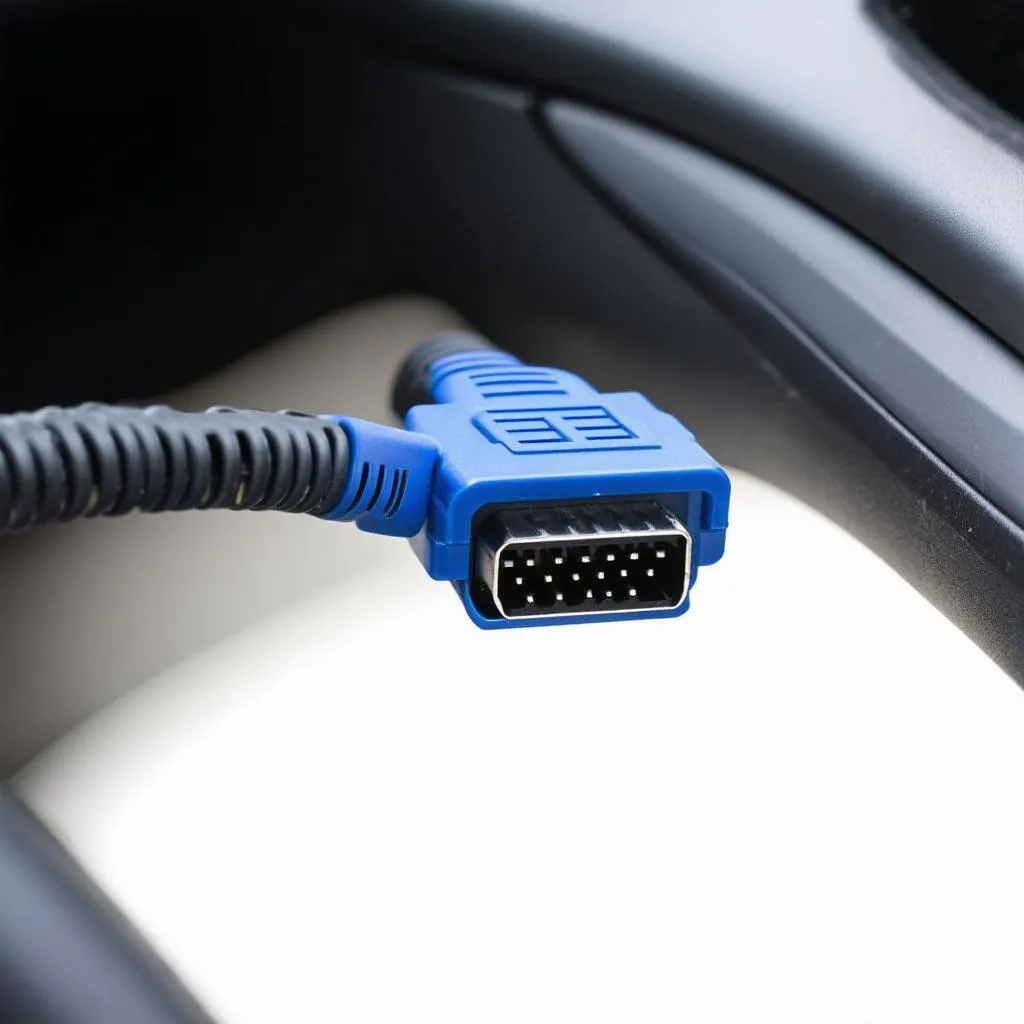VCDS EOL mode, or End-of-Line mode, is a crucial aspect of vehicle diagnostics and programming, especially for Volkswagen, Audi, Seat, and Skoda vehicles. This comprehensive guide dives into the intricacies of VCDS EOL mode, exploring its purpose, functionalities, and benefits for both car owners and professional technicians.
What is VCDS EOL Mode?
VCDS EOL mode is a specialized function within the VCDS (Vag-Com Diagnostic System) software that facilitates communication between the diagnostic interface and the vehicle’s control modules during the production process or when replacing a module. It’s essentially a way to “tell” the car’s systems that a new component has been installed and needs to be integrated into the vehicle network. This process can involve programming, coding, and adaptations specific to the new module.Contact Here for Free Video Tutorial.
Why is VCDS EOL Mode Important?
EOL mode is vital for several reasons:
- Module Replacement: When a control module is replaced, it needs to be “introduced” to the vehicle’s network. EOL mode allows the VCDS software to perform the necessary configurations and adaptations for seamless integration.
- Coding and Programming: Certain modules require specific coding or programming after installation. EOL mode provides a controlled environment for these procedures, ensuring the correct parameters are applied.
- Troubleshooting: In some cases, EOL mode can be used to help diagnose communication issues between modules or identify faulty components.
- Factory Settings: In certain scenarios, EOL mode can be used to restore a module to its factory settings, which can be helpful for troubleshooting complex issues.
How to Use VCDS EOL Mode
While the specific steps may vary depending on the module and vehicle, the general process for using VCDS EOL mode is as follows:
- Connect VCDS: Connect the VCDS interface to the vehicle’s OBD-II port and your computer.
- Open VCDS Software: Launch the VCDS software and select the appropriate vehicle model.
- Select Control Module: Choose the specific control module you are working with.
- Enter EOL Mode: Navigate to the “EOL” or “End-of-Line” function within the module’s options.
- Follow Instructions: Follow the on-screen prompts within the VCDS software to perform the required coding, programming, or adaptations.
- Exit EOL Mode: Once the process is complete, exit EOL mode and verify the module’s functionality.
Common VCDS EOL Mode Scenarios
Here are some common situations where VCDS EOL mode is used:
- Replacing a faulty ECU: When replacing an engine control unit (ECU), EOL mode is necessary to match the new ECU to the vehicle’s immobilizer system.
- Installing a new radio: Some newer radios require coding in EOL mode to function properly with the vehicle’s CAN bus system.
- Retrofitting features: When adding features like parking sensors or automatic headlights, EOL mode may be required to configure the new modules and integrate them with existing systems.
Expert Insights on VCDS EOL Mode
“EOL mode is a powerful tool, but it’s important to understand its implications. Incorrectly using EOL mode can potentially damage control modules or corrupt vehicle data,” says Michael Schmidt, Senior Automotive Diagnostic Technician at AutoTech Solutions. “Always follow the manufacturer’s instructions and consult with a qualified technician if you are unsure about any procedure.”
Conclusion
VCDS EOL mode is an essential function for diagnosing, programming, and installing modules in Volkswagen, Audi, Seat, and Skoda vehicles. Understanding its purpose and application is crucial for both car owners and professional technicians. While VCDS offers powerful capabilities, it’s always recommended to proceed with caution and consult with a qualified technician if you’re unsure about any procedure. Utilizing VCDS EOL mode effectively can save time and money, ensuring your vehicle operates optimally.
FAQ
- What does VCDS EOL mode stand for? EOL stands for End-of-Line.
- When is VCDS EOL mode typically used? It’s used during vehicle production or when replacing modules.
- Can I use VCDS EOL mode myself? It’s recommended to consult a qualified technician.
- What are the risks of using VCDS EOL mode incorrectly? It could damage modules or corrupt data.
- Where can I find more information on VCDS EOL mode? Consult the official Ross-Tech website or a qualified technician.
- Why is EOL mode important for module replacement? It integrates the new module into the vehicle network.
- What is the typical process for using EOL mode? Connect VCDS, select module, enter EOL mode, follow prompts, and exit.
Related Articles
- VCDS Diagnostic Basics
- Understanding Vehicle Control Modules
- Common Car Diagnostic Trouble Codes
Need assistance with VCDS EOL Mode? Contact us via WhatsApp: +1 (641) 206-8880, Email: [email protected] or visit us at 276 Reock St, City of Orange, NJ 07050, United States. Our customer service team is available 24/7.



